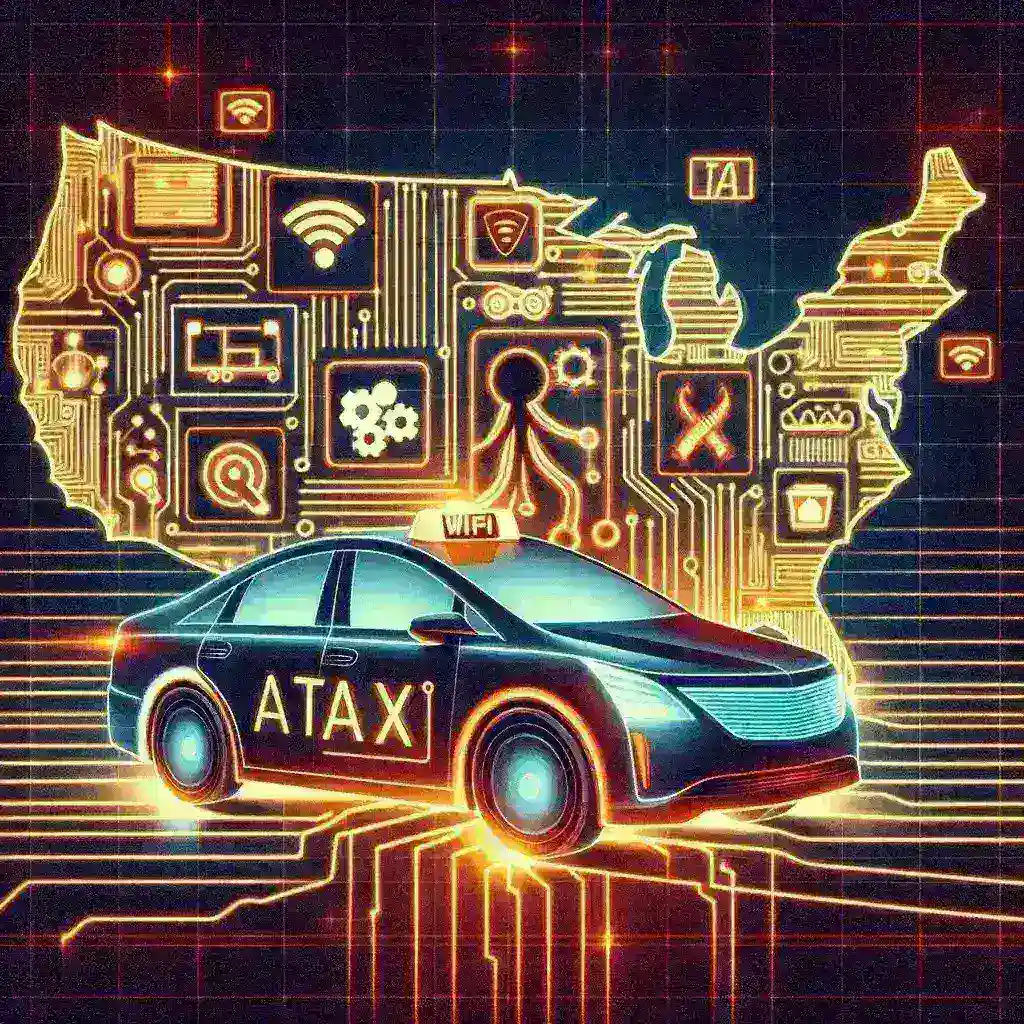In a move that promises to reshape the landscape of ride-sharing and delivery services, Uber is set to expand its subscription bundles with innovative AI perks across various U.S. markets. This development signifies not just a shift in strategy for the tech giant but also a potential transformation in how customers interact with transportation and delivery services. By leveraging artificial intelligence, Uber aims to enrich the user experience while also streamlining its services.
The Evolution of Uber’s Subscription Model
Uber initially launched its subscription model to cater to frequent users looking for cost-effective solutions. However, the landscape of mobility is rapidly evolving, and with that, so too must Uber’s offerings. In the past, subscription services focused primarily on ride discounts and priority access. Now, with the integration of AI, these bundles will include personalized features designed to enhance convenience and satisfaction.
Historical Context
Since its inception in 2009, Uber has revolutionized the transportation industry. The introduction of subscription models came as a natural progression to meet the needs of regular users. As competition intensified, especially with the emergence of new mobility apps, Uber recognized the necessity for innovation. This led to the exploration of AI as a means of gaining a competitive edge.
AI’s Role in Enhancing Services
Artificial intelligence has been at the forefront of technological advancements in various sectors. In the context of Uber, AI is expected to play a pivotal role in:
- Personalization: By analyzing user behavior, AI can offer tailored recommendations, making rides more enjoyable and efficient.
- Dynamic Pricing: Utilizing AI algorithms, Uber can optimize pricing based on demand, ensuring fair rates for users while maximizing driver earnings.
- Predictive Analysis: AI can assist in predicting high-demand areas, allowing drivers to position themselves strategically and reduce wait times.
What’s Included in the New Subscription Bundles?
The newly revamped subscription bundles will feature an array of AI-driven perks designed to enhance the user experience:
- Priority Access to Rides: Subscribers will have guaranteed access to rides during peak hours, minimizing wait times.
- Personalized Offers: Users will receive customized discounts based on their travel habits and preferences.
- Enhanced Safety Features: Advanced AI tools will monitor rides in real-time, ensuring both drivers and passengers are safe.
- AI-Powered Assistance: Subscribers can access 24/7 AI support for any ride-related inquiries, ensuring quick resolution of issues.
Future Predictions: What Lies Ahead for Uber?
As Uber continues to innovate, the future of the subscription model looks promising. The expansion of AI perks is just the beginning. Here are some potential developments we might expect:
- Integration with Other Services: Uber may expand its subscription to encompass delivery services, allowing subscribers to enjoy benefits across all platforms.
- Wider Geographic Coverage: Initially launched in select U.S. markets, these enhanced bundles might eventually reach users on a global scale.
- Increased Collaboration with Local Businesses: Uber could partner with local businesses to provide exclusive offers to subscribers, creating a more community-oriented service.
The Pros and Cons of Uber’s Expansion
While the expansion of subscription bundles with AI perks presents numerous advantages, it is not without its drawbacks. Here are some pros and cons to consider:
Pros
- Enhanced User Experience: Personalized offers, priority access, and real-time support will likely lead to higher customer satisfaction.
- Increased Driver Earnings: With optimized pricing and predictive analysis, drivers can benefit from improved earnings.
- Market Differentiation: By integrating AI, Uber can distinguish itself in a competitive landscape.
Cons
- Potential Privacy Concerns: Increased data collection for personalization might raise concerns among users regarding privacy.
- Dependence on Technology: Over-reliance on AI may lead to vulnerabilities, especially if technical issues arise.
- Market Saturation: As competitors adopt similar strategies, the uniqueness of Uber’s offering may diminish.
Expert Opinions on the Transformation
Industry experts have weighed in on Uber’s ambitious plans. Dr. Sarah Thompson, a mobility analyst, stated, “Uber’s integration of AI into its subscription model is a game-changer. It not only enhances user experience but also sets a new standard for the ride-sharing industry.” On the other hand, economist Michael Lee cautioned, “While innovation is crucial, Uber must tread carefully to maintain user trust, especially regarding data privacy. Users are becoming increasingly aware of how their data is used.”
Real-World Examples of AI in Action
The concept of AI enhancing user experiences is not new. Several companies across different sectors have successfully integrated AI to improve service delivery:
- Netflix: By analyzing viewing habits, Netflix provides personalized recommendations, leading to higher user engagement.
- Amazon: The e-commerce giant utilizes AI to tailor product suggestions, enhancing the shopping experience.
- Spotify: Spotify’s AI algorithms curate personalized playlists based on listening history, making music discovery seamless.
Cultural Relevance of AI in Transportation
In today’s fast-paced world, convenience is king. As urban populations grow, the demand for efficient transportation solutions will only increase. The integration of AI into Uber’s subscription bundles aligns perfectly with these cultural dynamics, as consumers seek services that cater to their unique needs while delivering superior experiences.
Conclusion: A New Era for Uber
Uber’s expansion of subscription bundles with AI perks signifies a thoughtful response to changing consumer expectations and technological advancements. By prioritizing personalization and user-centric features, Uber is not just adapting to the market but actively shaping its future. As we move forward, it will be interesting to see how these changes influence the broader mobility landscape and what innovations lie ahead.

